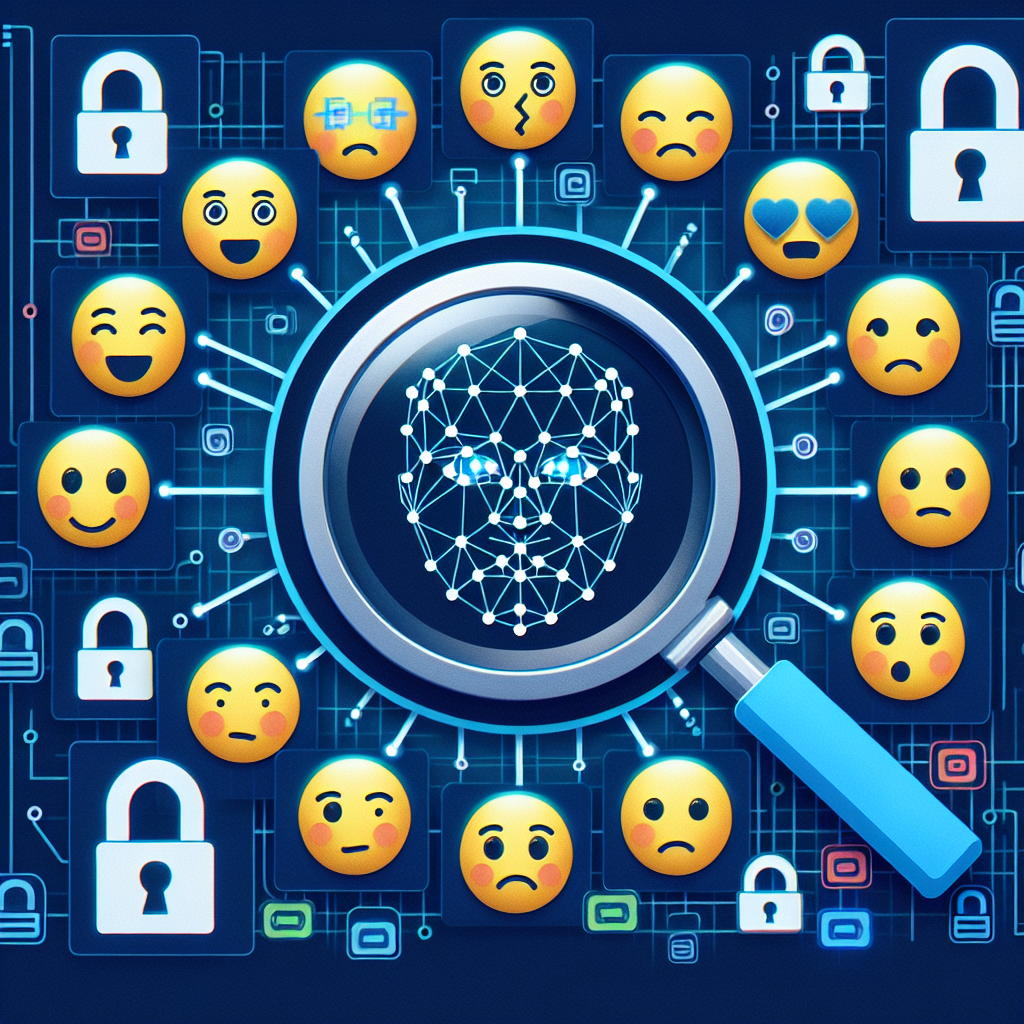In recent years, the rapid advancement of artificial intelligence (AI) technology has led to an increase in surveillance systems that utilize AI algorithms to monitor and track individuals. While these systems can provide benefits in terms of security and efficiency, they also pose significant risks to privacy. The use of AI surveillance raises concerns about data collection, monitoring, and the potential for abuse of power by those in control of these systems.
One of the main risks of AI surveillance on privacy is the sheer amount of data that is collected and stored. AI surveillance systems are capable of capturing and analyzing vast amounts of information about individuals, including their movements, behaviors, and personal preferences. This data can be used to create detailed profiles of individuals, which can then be used for a variety of purposes, such as targeted advertising or even predictive policing.
Another risk of AI surveillance is the potential for monitoring and tracking individuals without their knowledge or consent. Many AI surveillance systems operate in a covert manner, using hidden cameras or sensors to gather data without individuals being aware that they are being watched. This lack of transparency can lead to a feeling of constant surveillance and a loss of personal freedom.
Furthermore, there is a risk that AI surveillance systems could be used for discriminatory purposes. The algorithms used in these systems are often biased and can lead to unfair treatment of certain groups of people. For example, facial recognition technology has been shown to have higher error rates when identifying individuals with darker skin tones, leading to potential racial profiling and discrimination.
In addition to these risks, there is also the possibility of AI surveillance systems being hacked or manipulated by malicious actors. If these systems are not properly secured, they can be vulnerable to cyberattacks that could compromise the privacy of individuals and lead to the misuse of personal data.
Overall, the risks of AI surveillance on privacy are significant and should not be overlooked. It is important for individuals and organizations to be aware of these risks and take steps to protect their privacy in an increasingly surveilled world.
FAQs:
Q: How can individuals protect their privacy in the face of AI surveillance?
A: There are several steps that individuals can take to protect their privacy in the face of AI surveillance. This includes being aware of the types of surveillance systems that are in place in their environment, using privacy-enhancing technologies such as VPNs and encrypted messaging apps, and advocating for stronger data protection laws and regulations.
Q: What are some examples of AI surveillance systems that are currently in use?
A: Some examples of AI surveillance systems that are currently in use include facial recognition technology, predictive policing algorithms, and smart city initiatives that track individuals’ movements and behaviors. These systems are used by governments, law enforcement agencies, and private companies for a variety of purposes.
Q: What are the potential consequences of AI surveillance on privacy?
A: The potential consequences of AI surveillance on privacy are significant and include the loss of personal freedom, the risk of discrimination, and the potential for misuse of personal data. It is important for individuals and organizations to be aware of these consequences and take steps to protect their privacy in the face of increasing surveillance.
Q: How can organizations ensure that their use of AI surveillance is ethical and respects individual privacy rights?
A: Organizations can ensure that their use of AI surveillance is ethical and respects individual privacy rights by conducting privacy impact assessments, being transparent about the types of data that are collected and how they are used, and implementing strong data protection measures. It is also important for organizations to engage with stakeholders and seek input from individuals who may be affected by their surveillance activities.

